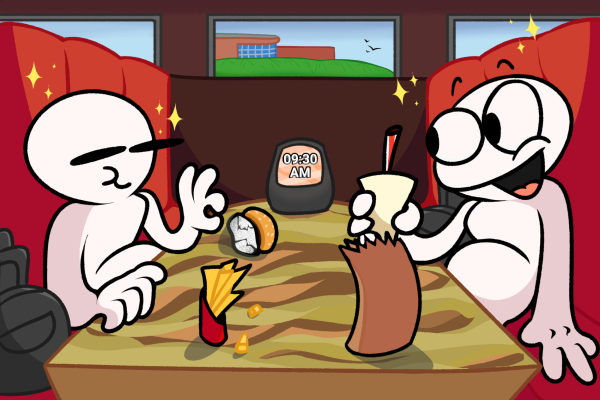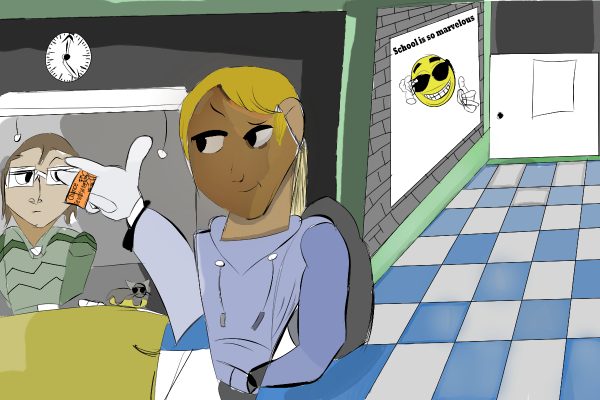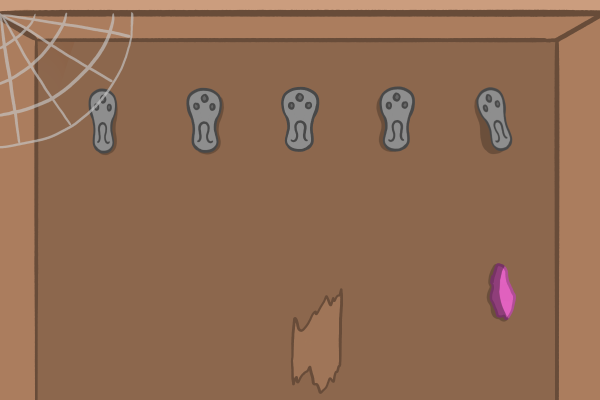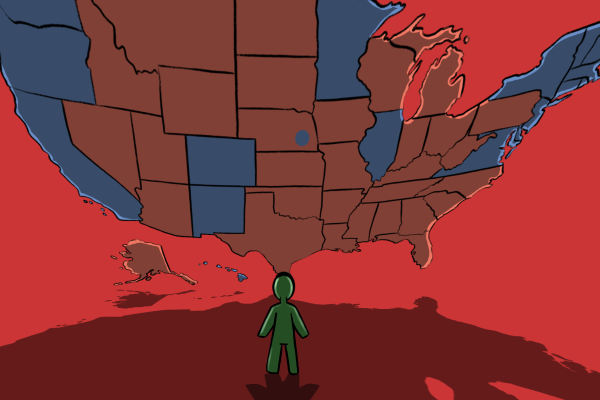No More Turf!
The Regional began redoing their turf field over the past few months, but some believe WRHS should instead have a multi-use grass field for the safety of its athletes.
Most athletes favor grass kept in good shape.
“As long as the grass field is well maintained I prefer grass over turf,” said junior Nickolas Honaker who played football prior to high school.
Turf, though easier to manage, tends to lead to a large amount of pressure being put on the human body.
According to the NFL Players Association (NFLPA), grass absorbs contact better because it has much more give and releases cleats much earlier, putting less pressure on the body. All non-contact injuries rise by 28% on turf as opposed to natural grass. For foot and ankle non-contact injuries that number rises up to 69%.
Stats like these raise a serious question when it comes to the safety of turf fields.
Another turf induced injury in football was mentioned by Ben King.
“One of the players on the football team last year messed up his knee really bad,” said King. “It was a non-contact injury and probably wouldn’t have happened or at least may have been less severe if the game was being played on grass.”
Junior Connor Cheslawski said he has played baseball on both types of fields.
“I’ve seen more overall injuries on grass,” said Cheslawski. “Turf seems to cause more serious injuries though.”
While turf costs less to take care of and replace, that does not prevent less injuries. The health of athletes should not be jeopardized through the use of turf fields.
Ryan is a junior who just started writing for the Echo this year. He enjoys watching sports and spending time with friends and family.
Matt Fish is the Chief Graphics Editor for the Wachusett Echo. He is graduating from WRHS in June 2023 and will be studying graphic design at UConn in...









Walter • May 29, 2023 at 6:53 am
Turf has also been shown to increase the severity of upper body injuries, in particular to the neck and spinal cord from violent falls. Turf is several multiples harder than grass and should be monitored for compression as part of regular maintenance.